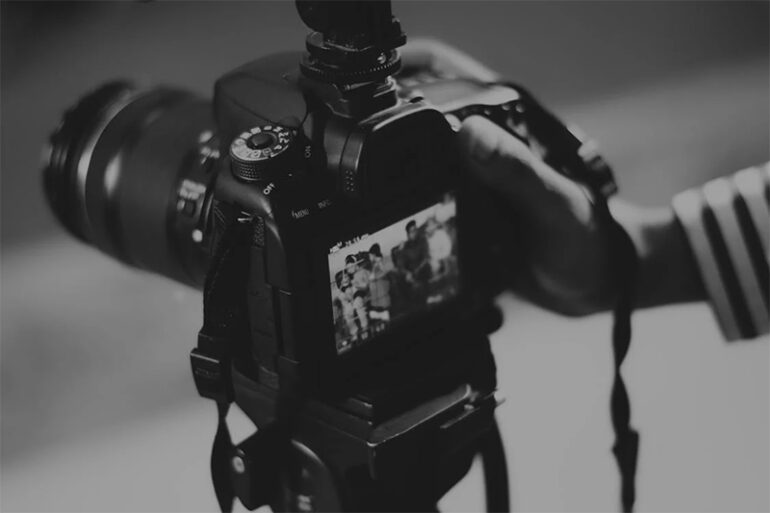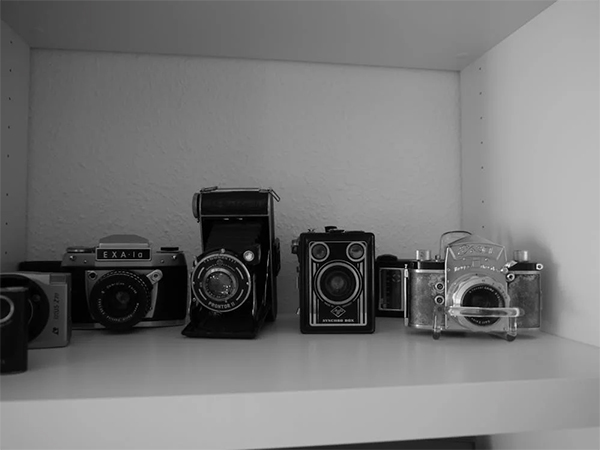A photographic picture is timeless—a heavenly vessel that contains important moments and stories, defining the tapestry of history. Photographs may be a way of visual storytelling that gives an important or deeper view into the past, including emotions, cultures, and changes in society. What was a simple visual representation of history has now turned into a dynamic historical record. Photography really captures the face of civilization and reflects moving perspectives that help mold our collective narrative. But most importantly, beyond the lens, photography influences perspectives in our societies and cultural stories that mirror the values and challenges of our always-changing world.
Capturing the Moment: The Role of Photography in Preserving History
Photography ranks as one of the key forms in recording historical events and bestowing visuality upon moments that shape our perception of the past. The camera’s lens captures greatness so that posterity can get to look at them and see what life might have been like in those times. The preservation of such visual records is an attempt not just to preserve history but forms part of the material linkage to stories being woven by societies, cultures, and civilizations through time.
Visual Storytelling: How Photographs Shape Our Understanding of the Past
Photographs transcend time and are the visual narratives of the deepest insight offered into the historical context. Each image has so many stories to tell, with a glimpse of life, emotion, and surroundings of times gone by. Through the art of visual storytelling, photographs evoke a sense of empathy and understanding, allowing viewers to immerse themselves in the rich tapestry of human experiences captured within the frame. Such visual records not just inform but inspire reflection and contemplation on the complexities of history.
Documentary of Change: The Evolution of Photography as a Historical Tool
From an ordinary eye-catcher, photography has evolved from just being an ordinary eye-catcher to a living historical instrument in capturing the very essence of how society changes and how technology progresses. Documentarily, photographs will trace changes, not only in the landscape, but more importantly, changes held by time in culture and ideology. The transition photography has taken is reflective of the path human civilization has traversed, indicative of change—not just in technology but in evolving perception and values that form our collective narrative. This evolvement continues to reinforce the relevance of photography as an effective tool toward historical preservation.
Beyond the Lens: Photography’s Impact on Society and Culture
A photograph transcends the visual medium and becomes an actor in the forming perception of the society and cultural narrative. A photograph does not just capture images; it captures all the hidden emotions, ideologies, and norms that dictate society at the particular time. The role played by photography in society and culture is enormous. It affects history, the concept of beauty, the multi-tangled tapestry that is our human experience from every angle. It is a mirror to reflect the values, aspirations, and challenges of our evolved and evolving world.
Photography will always remain a timeless medium to capture history and give a profound connection to our past by way of visual narratives that transcend time. Photography is an active historical tool in which all the changes of society register, recording all forms of cultural heritage and certainly, it keeps fresh shaping our understanding of human experience. Its impact on society and culture is irrefutable since they reflect some part of our value, aspiration, and an evolving world, making one think about the power of visual storytelling to remind one of the old eras.
Photo Attribution:
1st & featured image by https://www.pexels.com/photo/grayscale-photography-of-person-holding-black-dslr-camera-403495/
2nd image by https://www.pexels.com/photo/gray-and-black-land-cameras-236598/

